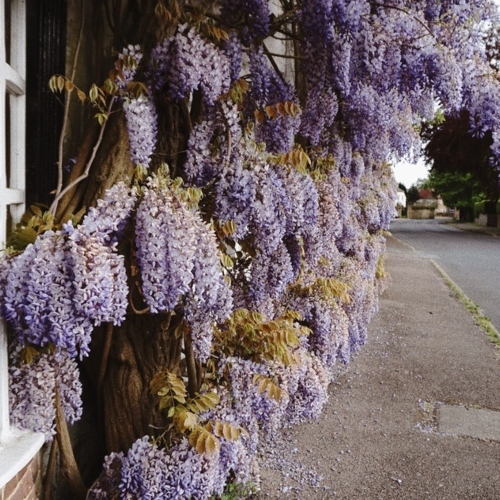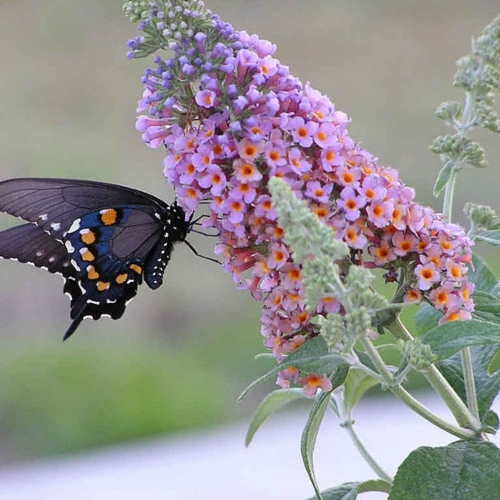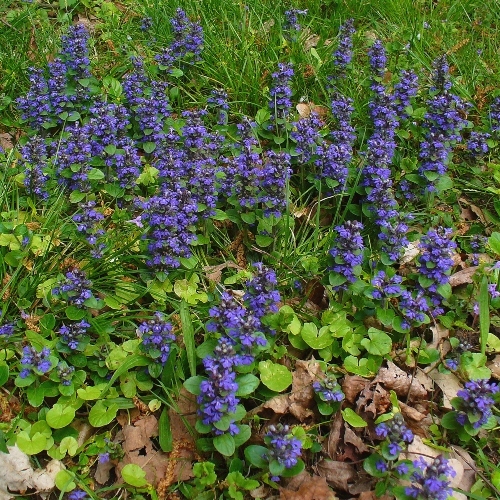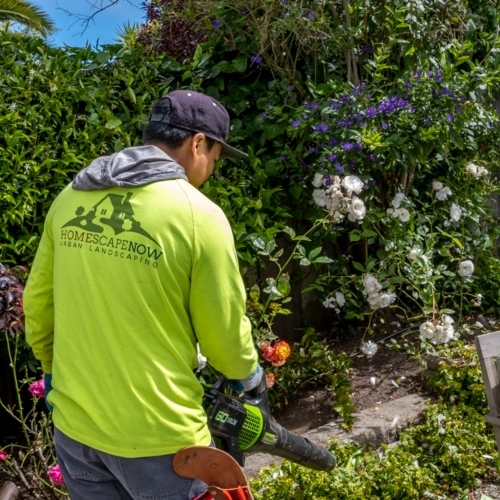Invasive Plants to Avoid in Your Landscaping
While there is a multitude of beautiful plants you can choose for your landscaping, they are not always the best option. A lot of attractive plants can be incredibly invasive, and it’s important to know which of these to avoid.
Here are some of the top common invasive plants that you should keep out of your lawn and garden.
English Ivy
First on the list is English Ivy. It’s a vigorous plant that covers the ground and can easily tolerate shade. Since it’s so invasive, it is easily one of the most problematic plants, especially in the Pacific Northwest.
To get rid of English Ivy , you can cut it out of the ground or off of your trees, or kill it with herbicides. If you do want to keep some of the plant around, you can contain it with mulch.
Wisteria
Wisteria is also an invasive plant to avoid in your landscaping. However, you must distinguish the difference between the American wisteria and the Chinese equivalent, Wusterua subebsus var. The Chinese wisteria is the more dangerous, invasive one, especially south of hardiness zone 4.
Unless this plant is controlled or removed completely, it can very easily choke out and kill other plants surrounding it. Pruning it back regularly or removing it completely is the best way to keep it out of your landscaping .
Butterfly Bush
Butterfly bush is considered to be one of the worst invasives in the Pacific Northwest, where growing conditions are the same as its native habitat. It also an invasive problem in parts of the Southeast. In areas colder than zone 6, it is less of a problem, since the plant dies back to the ground every winter. Butterfly bush has its name because it attracts butterflies (and other pollinators). It does, however, have an unpleasant smell for humans.
To kill this plant , its roots must be removed completely.
Ajuga
Lastly, we have Ajuga , which is also commonly known as bugleweed. It is frequently planted in shadier areas as ground cover because it is able to suppress weeds and has gorgeous purple blossoms. However, it can very easily take over your entire lawn and garden.
The plant is especially a problem in warmer areas where there’s no winter frost to kill them off every year.
There are a few ways to cut back and kill off the plant . If you really enjoy how they look, you can keep them around, but just make sure that it doesn’t take over your landscaping.
Hiring Professionals to Prevent and Remove Invasive Species
If you are having difficulty identifying, managing, or getting rid of invasive plants in your landscaping, consider contacting a professional landscaping company to help you out.
For those of you in the San Francisco Bay Area, consider contacting Homescape Now to help you with invasive plants that threaten to take over your lawn and garden. Give us a call today to get started!







